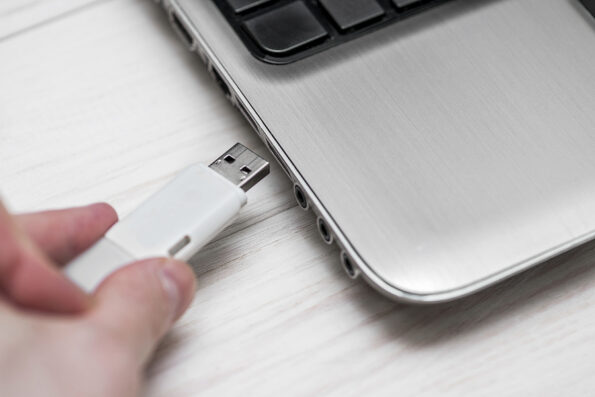Data storage is incredibly important for any PC user, organisation, or business. There are so many options surrounding PC storage that sometimes it can be a challenge to decide what solutions are best for you. We spoke with TechQuarters, an experienced provider of London IT Services, about what to consider when planning your storage solutions.
To start with, storage can be split into either internal or external storage. Both types of storage have different benefits and usages.
Internal Storage
Internal storage is what is built into your PC. It is where your computer’s operating system is housed, as well as any programs, applications, and files will be stored by default.
HDD – a Hard Disc Drive has long been the most common form of hard drive used to provide internal storage in PC desktops and laptops. It is composed of a rotating disk and an actuator arm. A magnet is used to write data onto the disk, and the actuator arm reads the data on the disk.
The biggest benefit of HDD when compared with other forms of internal drive storage has generally been the balance of high capacity and low cost – however, other forms of drive storage are becoming more affordable all the time. Nowadays, HDD is best suited as a cheap archiving solution.
SSD – Solid State Drives differ from hard discs in that they contain no moving components, which makes them much more stable when considering the physical risks posed to hardware – an SSD is more likely to survive being dropped than a HDD.
Solid State Drives have the benefit of being much quicker to read and write than a Hard Disc Drive. They have historically been more expensive and lower capacity than HDDs, but this is changing all the time. Nowadays, many new laptops come with 500 GB SSDs built-in, and even 1 TB internal SSDs.
External Storage
This is any type of storage that has to be connected to your PC for you to access it. External storage can provide better security and stability for your data, as well as keep your PC working faster by offloading your data onto the external storage.
External Hard Drives – for a moderate, but one-time expense, you can purchase an external hard drive. These are the same drives that are built into your PC, but these encased with hardware that enables them to be connected to your device, normally via USB. External hard drives are ideal for backups and archiving, but are also used on a daily basis by many users, to expand the storage capabilities of their PCs.

Cloud Storage – the Cloud plays a big role in IT – particularly with the delivery of Outsourced IT Support. The advantage of the Cloud is that they utilize much more robust and sophisticated technology than what the average consumer can afford – a Cloud is essentially a hyperscale datacentre that is optimised to connect remotely to endpoint PCs (such as your own laptop), and therefore, Cloud storage can be accessed by nearly any device that has an internet connection. The Cloud is great for both backups and archiving, and for daily storage purposes.
RAID – a redundant array of inexpensive disks (RAID) is the next step up from using external hard drives. They are essential two or more hard disks alongside technology that enables them to be used in a range of different configurations. For instance, data can be duplicated across the multiple drives (which provides more data protection and security than if it were all stored on a single drive), or you can stripe your data across the multiple drives (this enables data to be written and read much more quickly).
NAS – If you were to ask TechQuarters, as a Managed Services Provider London businesses have trusted to set up their IT infrastructure, they would say that NAS technology is an ideal way of getting the benefit of remote storage, but with the superior speed of on-premise infrastructure.
Image Source: BigStockPhoto.com (Licensed)
Related Categories: Tech, Reviews








